The flag of Japan, also known as the Japanese flag or Japan flag, is one of the most recognized national symbols worldwide. Its design—a simple red disc representing the sun on a white field—captures the essence of Japan’s cultural and historical identity.
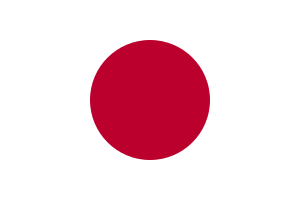
Though minimalist in appearance, the flag holds deep historical significance, having been associated with Japan’s national identity for centuries. Over time, it has become intertwined with Japan’s imperial and military past, making it a symbol both of pride and controversy.
In this article, we’ll explore the history of the flag of Japan, its evolution over the centuries, and the various other flags Japan has used, including military and historical flags.
Table of Contents
The Origins of the Flag of Japan
The origins of the Japanese flag go back to ancient times when the sun played a central role in Shintoism, Japan’s indigenous religion. Japan’s name itself—Nihon (日本)—translates to “origin of the sun” or “land of the rising sun.” The sun goddess Amaterasu, a key deity in Shintoism, is believed to be the mythical progenitor of Japan’s imperial family, and the sun symbol was regarded as sacred.

This dates back to the 13th century, with the red colour considered to represent the nation’s monarchy.
The design of the Japan flag, known as the Hinomaru (日の丸), is thought to have appeared during the Edo Period (1603–1868), when the Tokugawa shogunate ordered merchant ships to fly the red sun disc on a white background. This marked the beginning of the flag being used to represent the country.
The Japan Flag and the Meiji Era
The flag of Japan became officially recognized in its current form during the Meiji Restoration in 1868, when Japan transitioned from a feudal society to a modern state under Emperor Meiji. As part of Japan’s efforts to modernize and create a unified national identity, the Hinomaru was adopted as the official Japanese flag on February 27, 1870.
At that time, the flag was not only used in civil and military settings but also became a symbol of Japan’s growing power and influence in Asia. The Japan flag soon flew over territories Japan would conquer in its imperial expansion.
The Flag of Japan During World War II
The Japanese flag played a significant role during Japan’s imperialist era, especially in World War II. As Japan expanded its empire throughout East Asia and the Pacific, the Hinomaru became a symbol of Japanese militarism and aggression. To those in the countries Japan occupied, the flag became a representation of oppression.
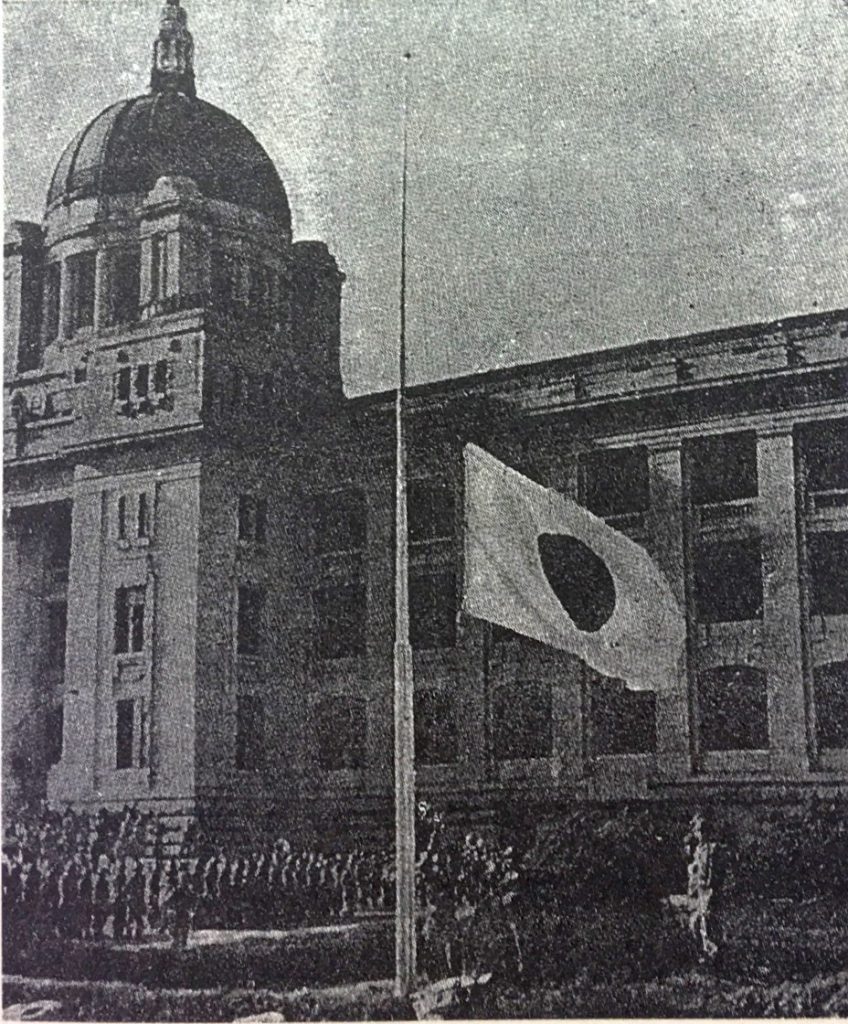
Following Japan’s defeat in World War II, the Allied Occupation briefly restricted the use of the Japan flag as part of efforts to demilitarize the country. These restrictions were lifted in 1949, and the Hinomaru once again became the standard flag of Japan, though its association with Japan’s imperial past still lingers.
Post-War Controversy
In the post-war era, the flag of Japan has been viewed through various lenses. For many, it’s a symbol of pride and national identity, while for others—especially in countries like China and South Korea—the Japanese flag represents a painful history of occupation and aggression. In 1999, the Law Regarding the National Flag and National Anthem formally made the Hinomaru the official national flag of Japan. This law was controversial, with critics arguing that it revived nationalistic sentiments from Japan’s imperial era.
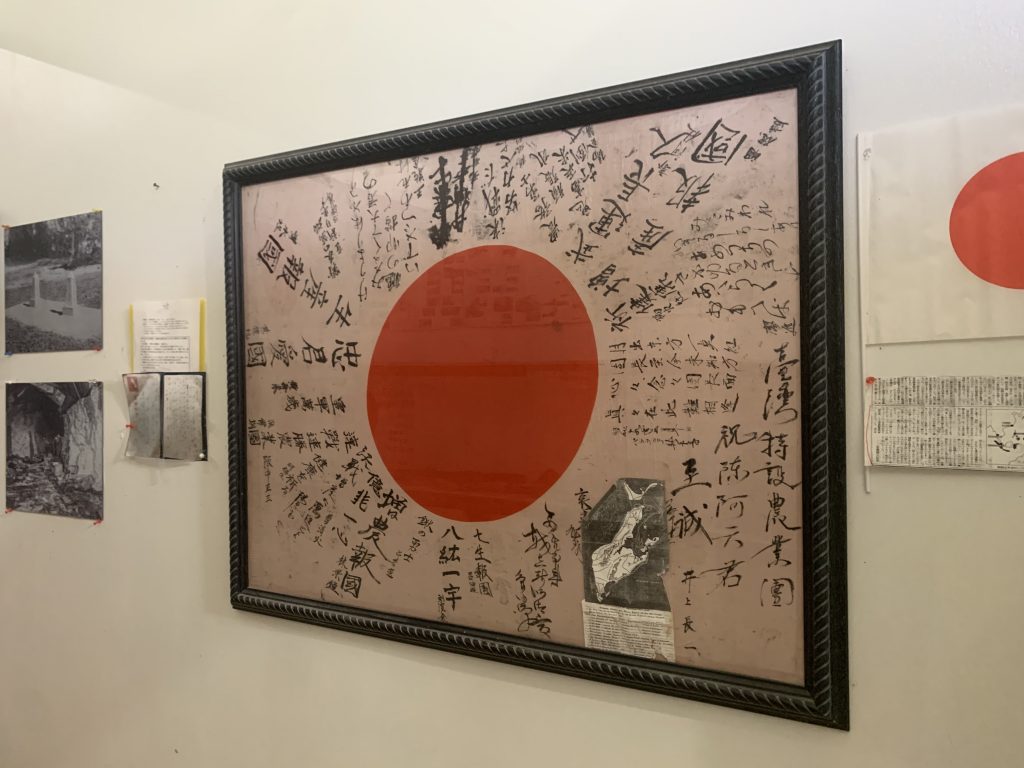
Signed “good luck” flags remain popular today, though are controversial due to
their association with being gifted to soldiers during World War II.
Today, the Japan flag can be seen in schools, government buildings, and public events across the country, although its display can sometimes stir controversy, especially in East Asian countries with historical grievances.
The Rising Sun Flag
While the Hinomaru serves as Japan’s national flag, the Rising Sun Flag (旭日旗, Kyokujitsu-ki) has long been associated with Japan’s military. Featuring a red sun with rays extending outward, the Rising Sun Flag was used by the Imperial Japanese Army and Imperial Japanese Navy during Japan’s imperial era, and it became closely linked to Japan’s expansionist policies.
Even today, the Rising Sun Flag is used by Japan’s Maritime Self-Defense Force. For many Japanese, it represents military valor and tradition. However, in countries that were invaded by Japan, such as Korea and China, the Rising Sun Flag is seen as a symbol of oppression, much like the Nazi swastika in Europe. Despite the controversy, the Rising Sun Flag remains an official symbol of Japan’s naval forces.
Other Flags of Japan
Over the centuries, Japan has used a variety of other flags, each serving specific purposes or representing different sectors of society. Here are some key examples:
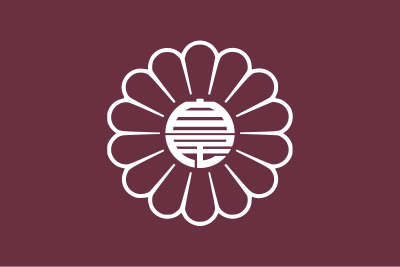
It uses the chrysanthemum flower, yet with the party name creatively written in Kanji in the centre.



To read about Machukou click here.
The Imperial Household Flag
The Japanese Imperial Household uses a flag that features a chrysanthemum with 16 petals, known as the Chrysanthemum Seal. This emblem is reserved for the Japanese Emperor and is a symbol of the imperial family’s lineage and authority. The flag has long been used on imperial documents, buildings, and at official events.
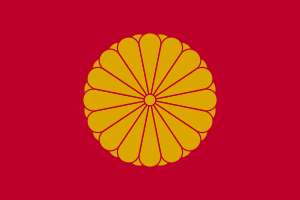
To read about the top 15 drinks to try in Japan click here.
The Imperial Japanese Navy Flag
A variant of the Rising Sun Flag was used by the Imperial Japanese Navy during its expansionist campaigns. The design featured an off-center red sun with rays radiating outward.
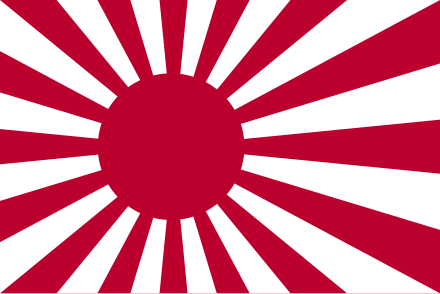
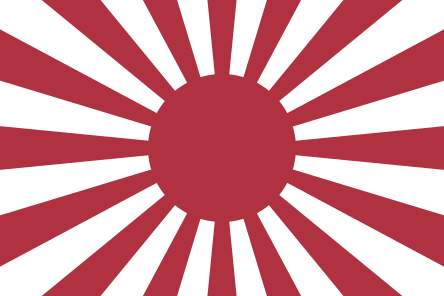
Despite the minor modifications, the use of either flag today continues to attract significant controversy.
After Japan’s defeat in World War II, this flag was abolished, but it was later revived for the Japan Maritime Self-Defense Force, with slight modifications to differentiate it from its wartime predecessor.
Military Flags of Japan
Aside from the Japan flag and the Rising Sun Flag, the Japanese military has used several other flags throughout its history. Different branches of the military developed their own flags, often based on the Hinomaru or Rising Sun design but with modifications specific to their roles.
The Self-Defense Forces today also use their own variants of these flags, though they have been carefully redesigned to reflect Japan’s pacifist constitution. Nevertheless, these flags still carry historical weight and provoke strong reactions, particularly in countries affected by Japan’s wartime actions.
Japan’s Flags and the Current Global Landscape
Japan’s flags, particularly the flag of Japan and the Rising Sun Flag, remain potent symbols both domestically and internationally. The Japanese flag continues to evoke pride and a sense of identity among the Japanese people, while simultaneously representing a complex and often painful history for others.

A pickled umeboshi (Japanese plum), placed in the centre, represents the sun.
In an era where symbols of national identity are scrutinized and sometimes contested, the flag of Japan remains a powerful reminder of the country’s unique place in global history. Whether viewed as a symbol of resilience or as a relic of Japan’s imperialist past, the Japan flag stands as a testament to the nation’s cultural heritage and its evolving role on the world stage.
Conclusion
The flag of Japan is a symbol of both pride and controversy, embodying centuries of history, culture, and geopolitical complexities. From its ancient origins tied to the sun goddess Amaterasu to its role in modern-day Japan, the Japanese flag has been a constant presence in the country’s national consciousness. While it’s embraced by many as a representation of Japan’s unique identity, the Japan flag also stirs conflicting emotions in other parts of Asia, where its association with imperialism and militarism remains strong.
Despite this, the flag of Japan continues to fly proudly, serving as a powerful symbol of the country’s past, present, and future.
You can check out our Japan Tours here.





